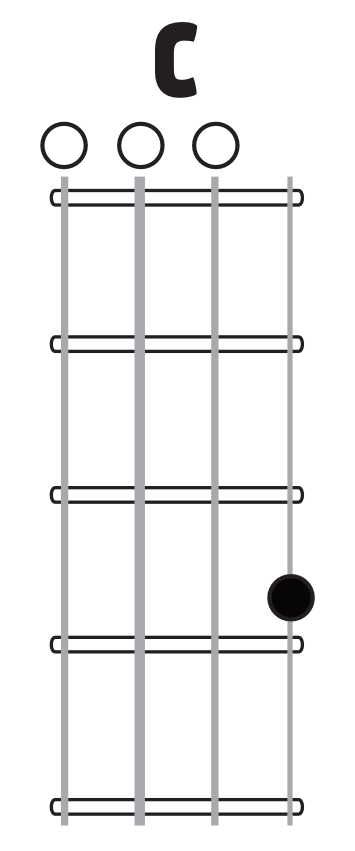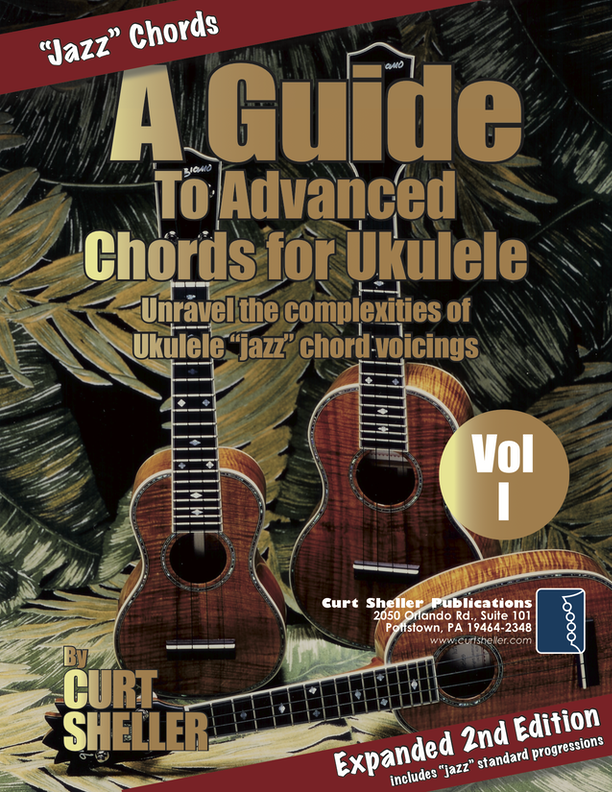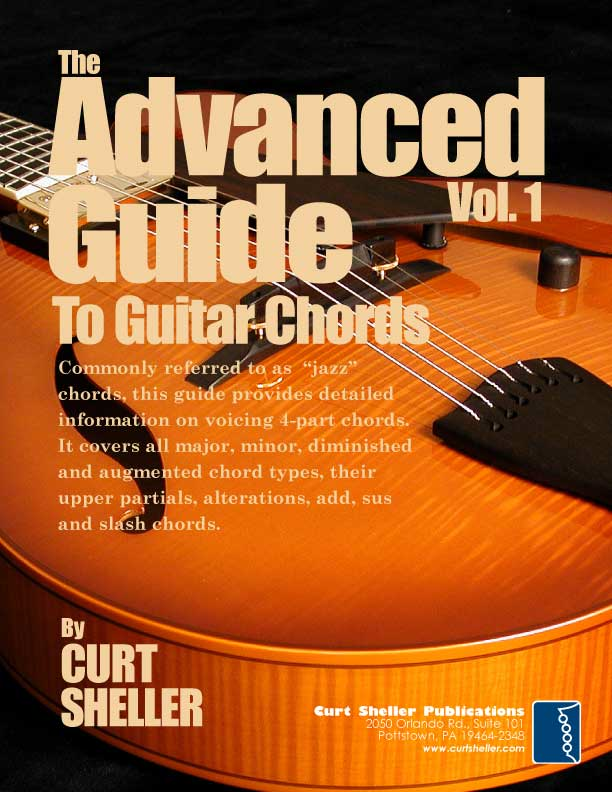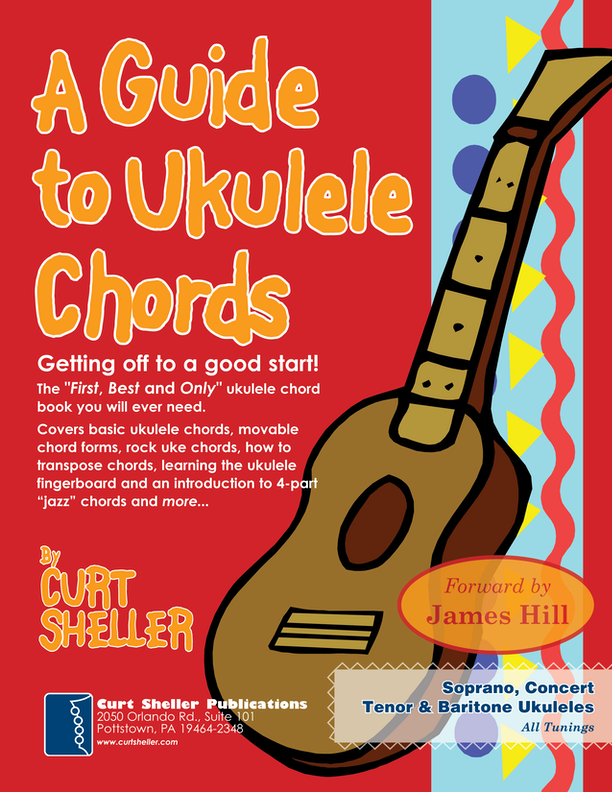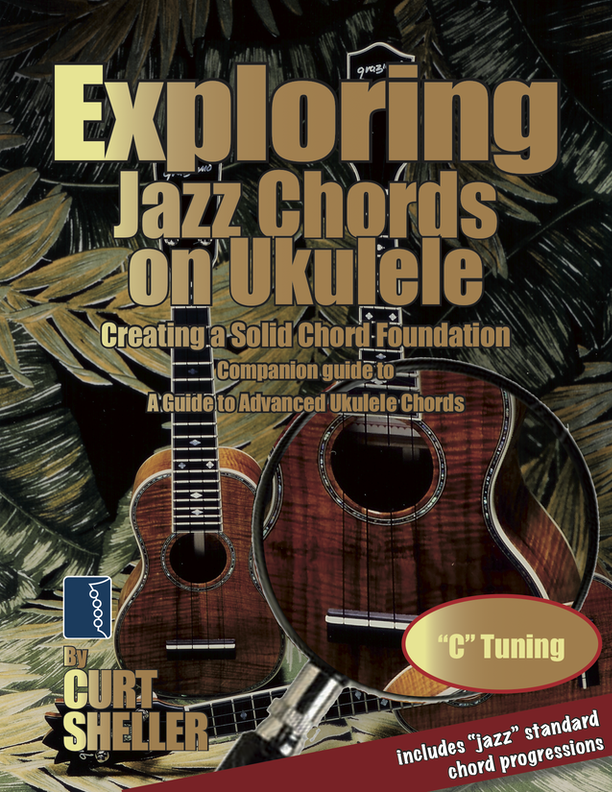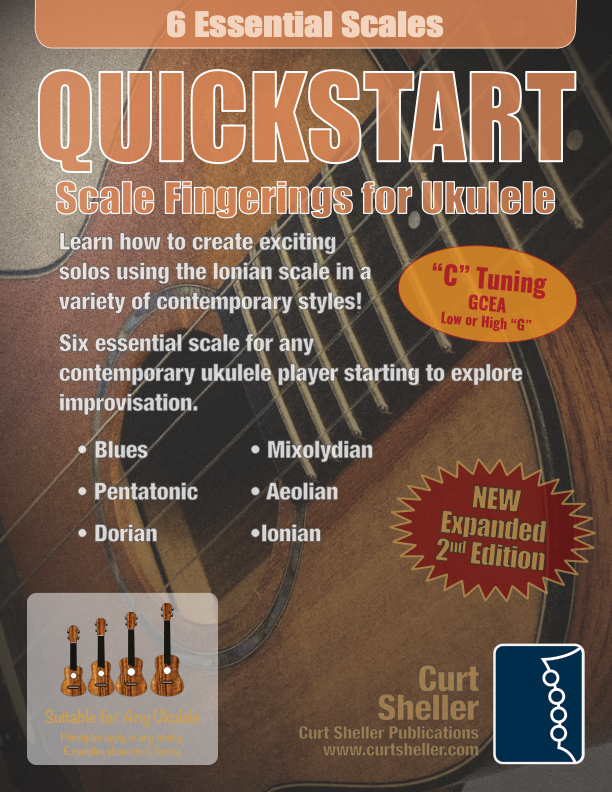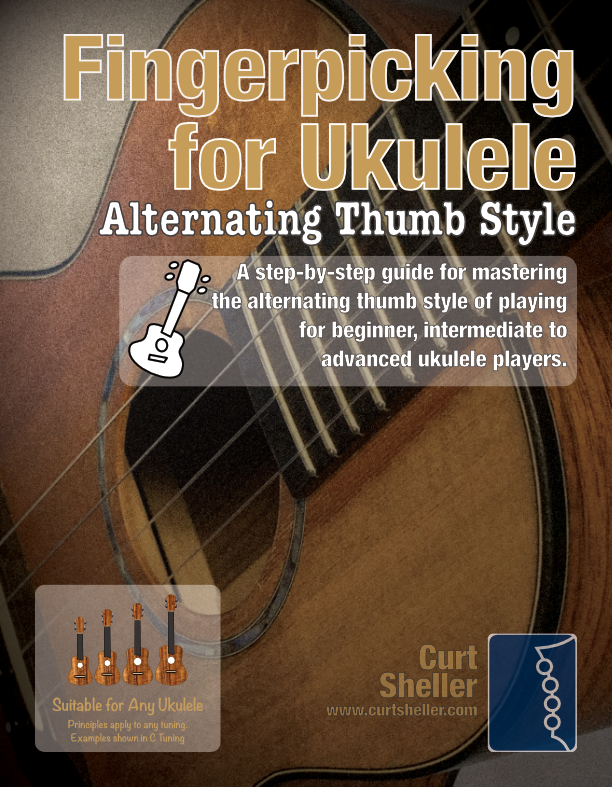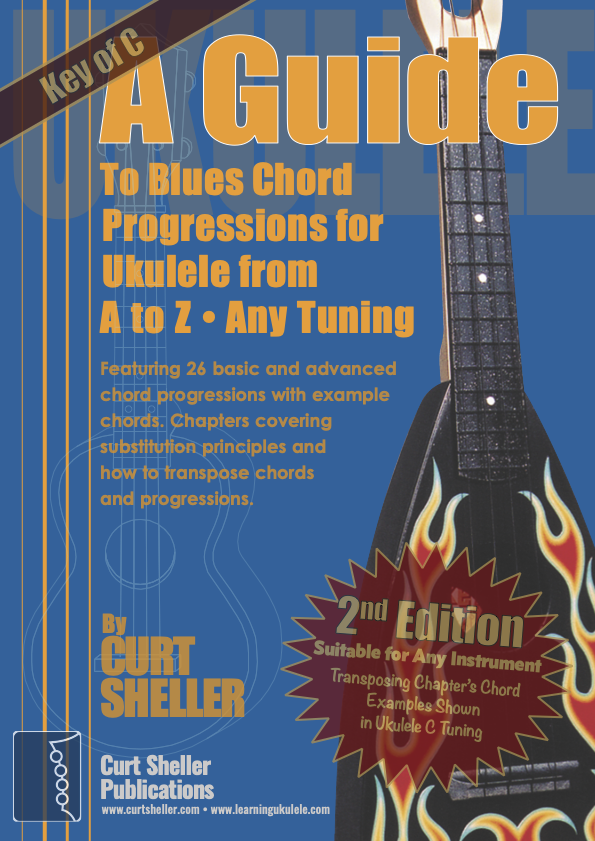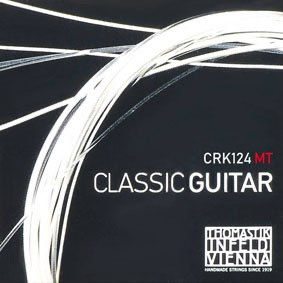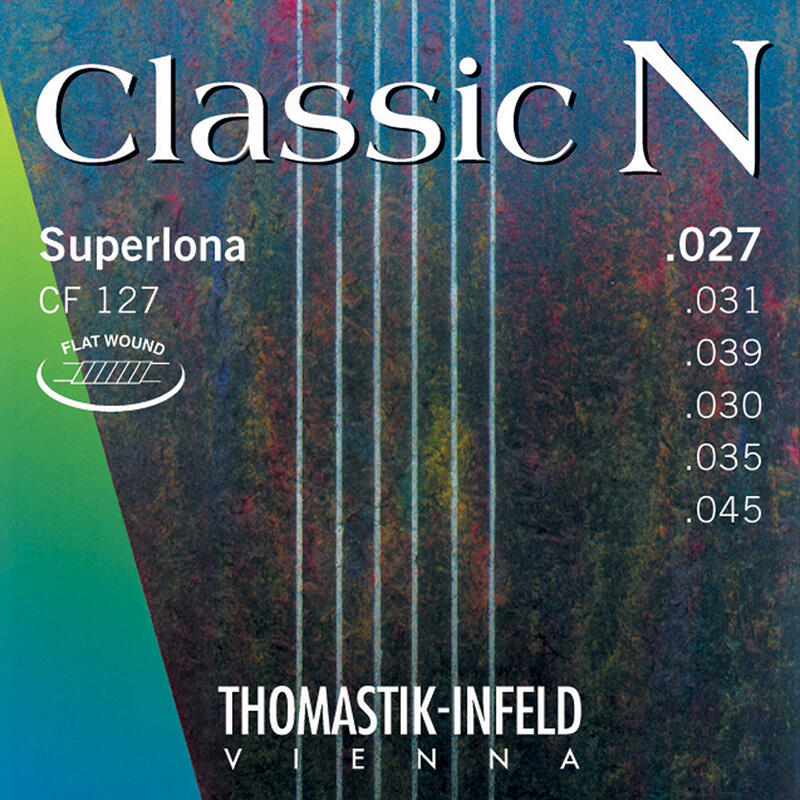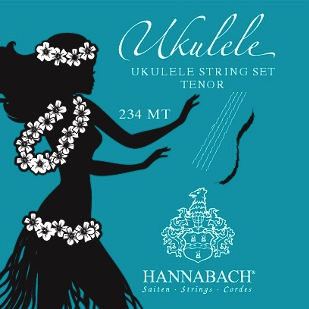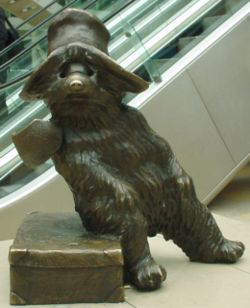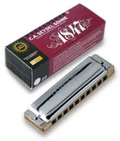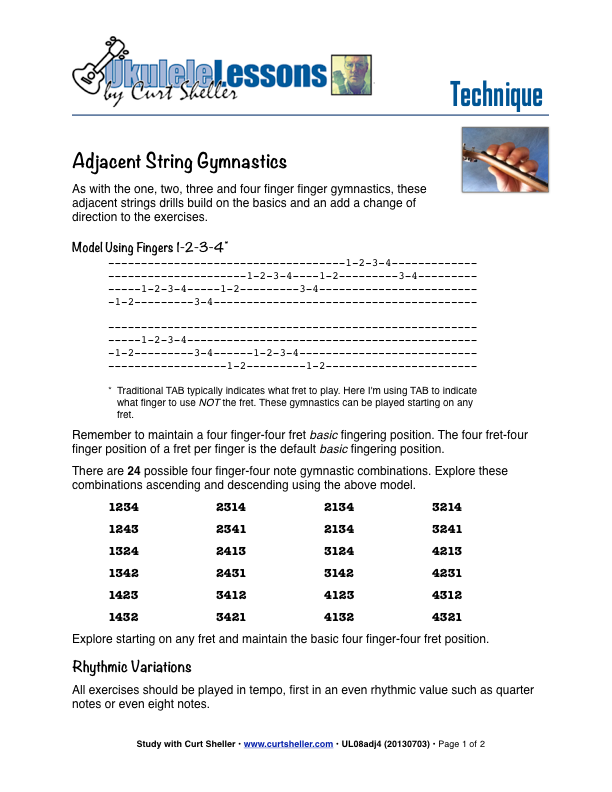Share Getting Started with `Ukulele - Lesson Six
on:
Bluesky
•
facebook
•
twitter (X)
LESSONSeries : Getting Started Series of Ukulele Lessons
Getting Started with `Ukulele - Lesson Six
For Lessons Six we'll add and build on the lesson and material from lesson five.
In lessons six you'll learn to following:
- Review of the Key Fret Concept for learning the ukulele fingerboard
- Four Finger, Single Note, Single String Fingering Drill Variations
- Primary Chords - Key of A (A, D and E)
- Common Chord Progressions for A Major
- Core Strumming Pattern Four
- Melodic Ear Training
In lesson six you'll learn to following:
- Review of the Key Fret Concept for Learning the Ukulele Fingerboard
- Four Finger, Single Note, Single String Fingering Drill Variations
- Primary Chords - Key of A (A, D and E)
- Common Chord Progressions for A Major
- Core Strumming Pattern Four
- Melodic Ear Training
NOTE: Although these lessons are presented as a weekly series, you can and should take as long as you like to master each week's lesson as there is a lot of material in each lesson in the series.
The individual lessons in this series are viewable from the Lessons button bar above.
The Fingerboard - Key Frets Review
After memorizing the key frets: open strings, fret (5) and fret (7). And the secondary key frets: fret (2) and fret (10). Go back and review and memorize the frets from string one to string four.
Know the notes of the neck needs to be second nature and instant recal. This is one are of learning the ukulele that you don't even need to have the ukulele with you and can be done any time.
Recommended Lessons, Series & Resources
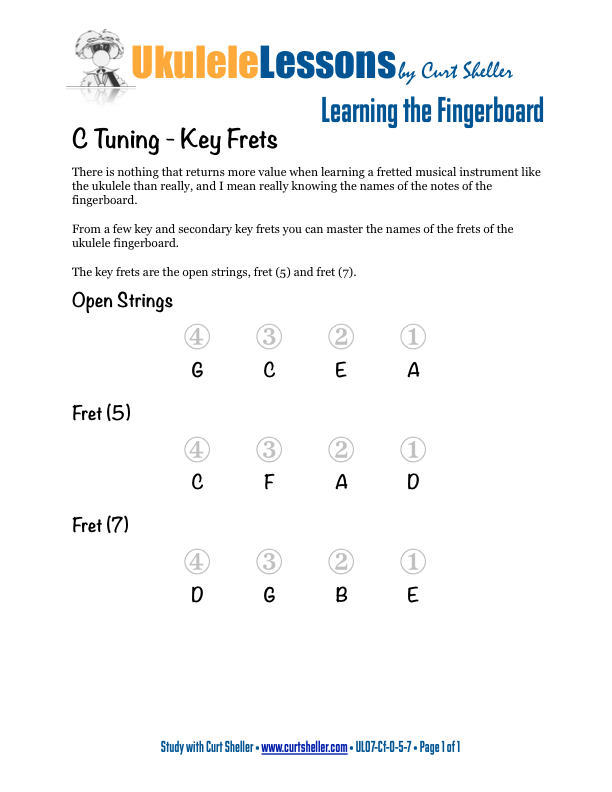
Technique - Next Steps
After the basic one, two, three and four finger single string finger gymnastics. The next phase can open be determined by addressing and observing your current technique. Without this direct one-on-one observation there are several route that you can take. Either repeating notes, open strings, developing your barre, double stops or exploring the moving the basic four finger-four frets default fingering position around the fingerboard.
Moving the four fret, four finger position around the fingerboard is all about the Six Finger Principles from The Six Secrets of Ukulele Fingering which explores the basic, slide, pass, contraction, stretch and leap fingering principles.
Recommended Lessons, Series & Resources
- LESSON: Repeating Note
- LESSON: Open Strings
- LESSON: Double Stops
- LESSON: Adjacent String Pairs
- LESSON: The Six Secrets of Ukulele Fingering
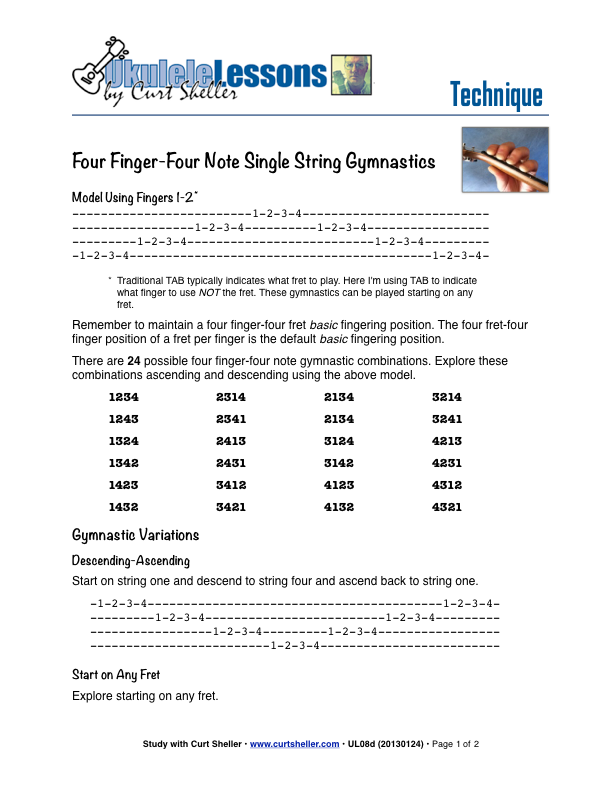
Primary Chords - A Major
The key of A major is on of the common keys that include C, G, D, A and E.
As we learned in week one’s lessons - the primary chords are the three major chords that are the main chords of the key. The primary chords create the tension and resolution in music that gives a chord progression emotion – a feeling of rest and resolution or consonance and dissonance.
Learn the A, D, E and E7 open position chords. With these four chords you can play countless songs in the key of A major.
Recommended Lessons, Series & Resources
- Series: Key Signatures -A Major and F♯ Minor
- LESSON: Primary Chords of A Major
Using the Quarter Note Strum and Quarter Note Strum - Variations and focus on switching between A, D, E, and E7.




Ultimately any chord can go an any chord so practice all the following combinations:
- D to G
- D to E
- D to E7
- G to D
- G to E7
- G to E7
- A to D
- A to G
- A to E7
- E7 to A
- E7 to D
- E7 to G
This will cover all possible connections. Practice switching at a SLOW tempo and slowly increase the tempo as you get comfortable with the chords.
Visualize the next chord while you are on the current chord.
Recommended Lessons, Series & Resources
- LESSON: Three Chord Progressions
With these Three Chords you can play a lot of songs.
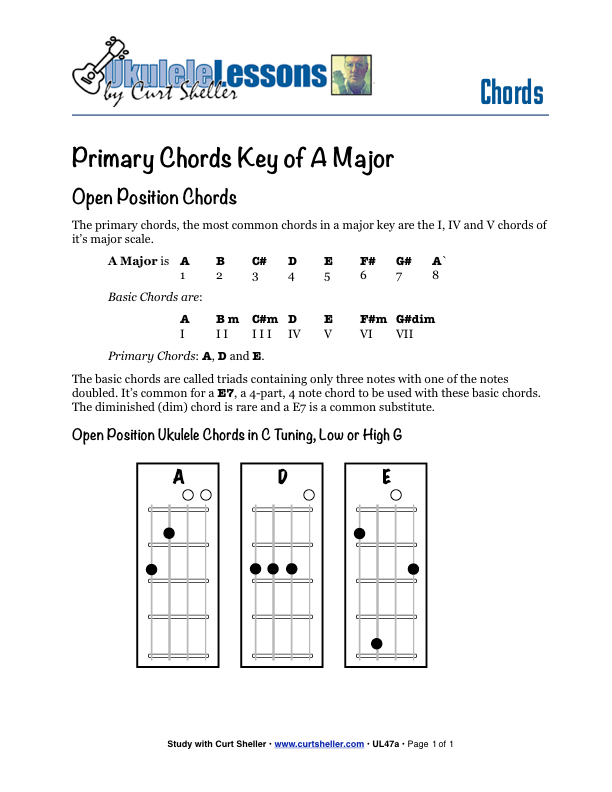
Common Progressions - Key of A
With the primary and secondary chords in the key of A.
Recommended Lessons, Series & Resources
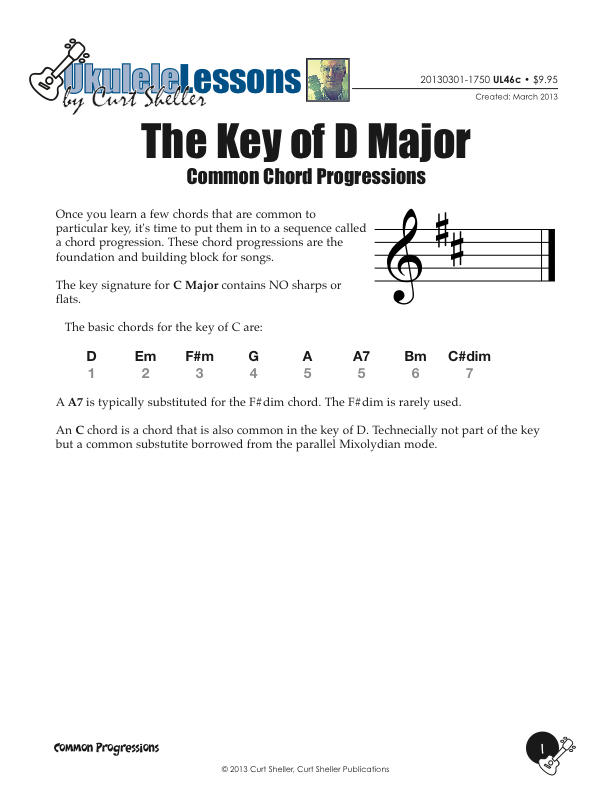
Core Strumming Pattern Four
This is the last of the four core strumming patterns. Theses are some of the most famous strumming patterns used - this one in particular is very popular.
Recommended Lessons, Series & Resources
- LESSON: Strumming Pattern Four
- LESSON: Strumming Patterns Review
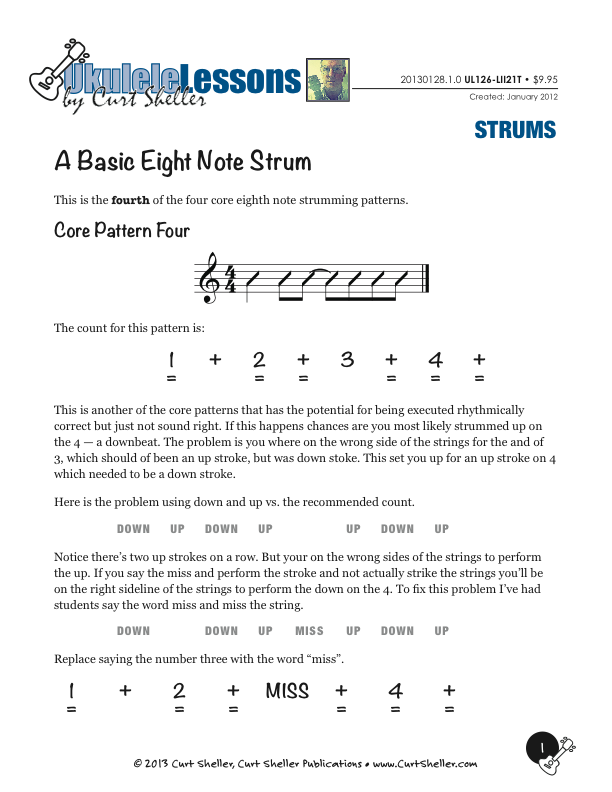
Melodic Ear Training
Now that you know a bit about intervals, it’s time to start and recognize them by ear. This is where you can truly start to learn to Play by Ear
Functional pitch recognition involves identifying the function or role of a single pitch in the context of an established tonic. Once a tonic has been established, each subsequent pitch may be classified without direct reference to accompanying pitches. For example, once the tonic G has been established, listeners may recognize that the pitch D plays the role of the dominant in the key of G. No reference to any other pitch is required to establish this fact.
Recommended Lessons, Series & Resources
- LESSON: Melodic Ear Training

Sign-IN — it's FREE — to view, un-blur any additional content for this lesson.
End of Lesson - Thanks, Hope You Enjoyed It!
Related Lessons, Videos, Lesson Series, Songs, Books & Reference Charts, Resources & Assets, Workshops are below.
Related Lessons
Related Lessons for Getting Started with `Ukulele - Lesson Six
.
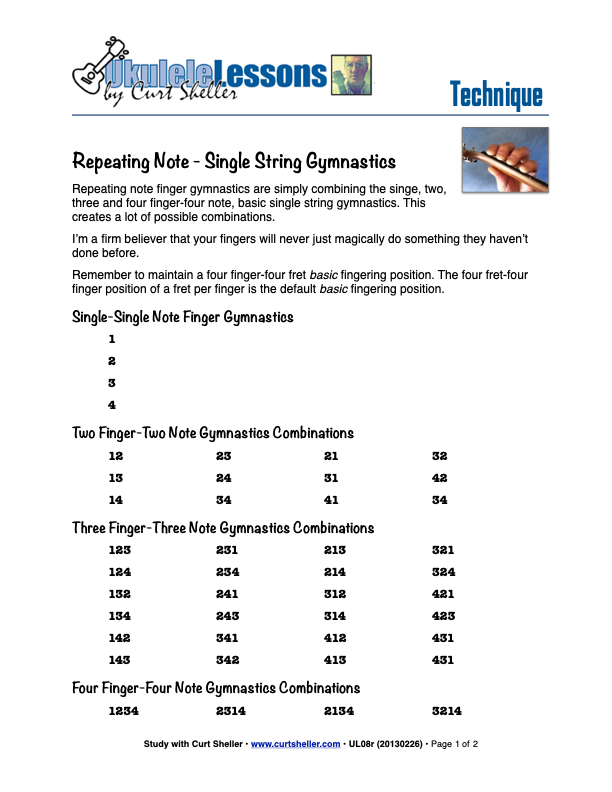
Repeating Note Single String Fingering Drills
Building on the single note, 1, 2, 3, and 4 finger basic gymnastics. Now with a repeating note or two. This series of lessons, although the examples are shown for ukulele, are appropriate for any fretted string instrument like guitar, banjo, or mandolin.
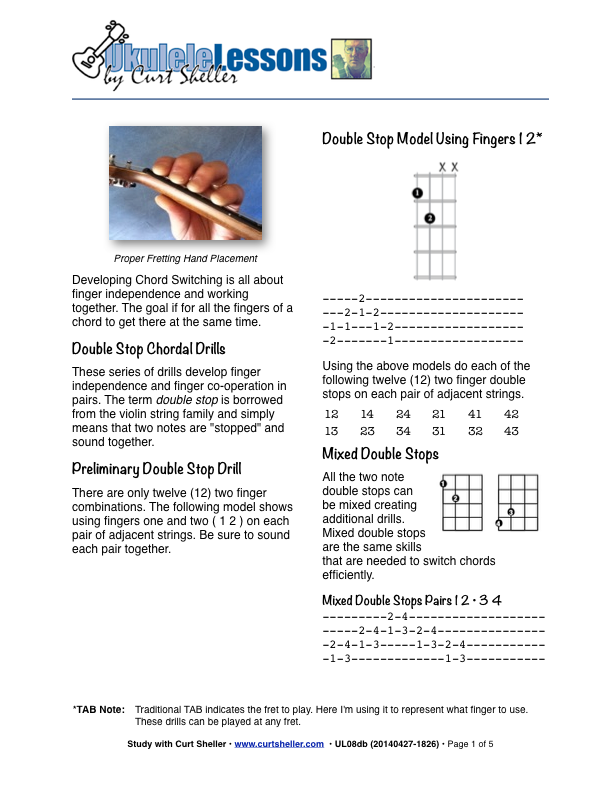
Chord Switching - Double Stops
Switching chords are all about finger independence and working together. This can be developed using the "double stop" fingering drills presented in this lesson. A "double stop" is a term borrowed from violin technique where you are stopping two strings or two notes - an interval.
Related Lesson Series
Related Lessons Series for Getting Started with `Ukulele - Lesson Six
.
Common Chord Progressions and Remembering Songs
Updated: 17 Mar 2025
Understanding the similarities between chord progressions and songs can greatly enhance your ability to remember and play a wide variety of songs. It's fascinating how much common ground (chord harmony) exists among different musical compositions.
Harmonic Analysis for Scale and Chord Selection
Updated: 09 Jun 2023
Harmonic Analysis (HA), also known as the study of chord relationships, is the method used to identify the harmonic role of chords within a chord progression or song. A chord progression refers to a sequence of chords, with each chord having a root note and belonging to a specific chord type. The function of a chord within a particular scale's tonality is determined by its relationship to that scale.
Modular Phonetic Rhythm by Chuck Anderson
Updated: 01 Jan 2003
Modular Phonetic Rhythm represents a significant advance in the teaching and application of rhythm. Eliminating many inefficient aspects of rhythm education, Modular Phonetic Rhythm streamlines the traditional educational approach, resulting in a reflexive reaction to rhythm.
Related Books & Charts
Related Books for Getting Started with `Ukulele - Lesson Six
.
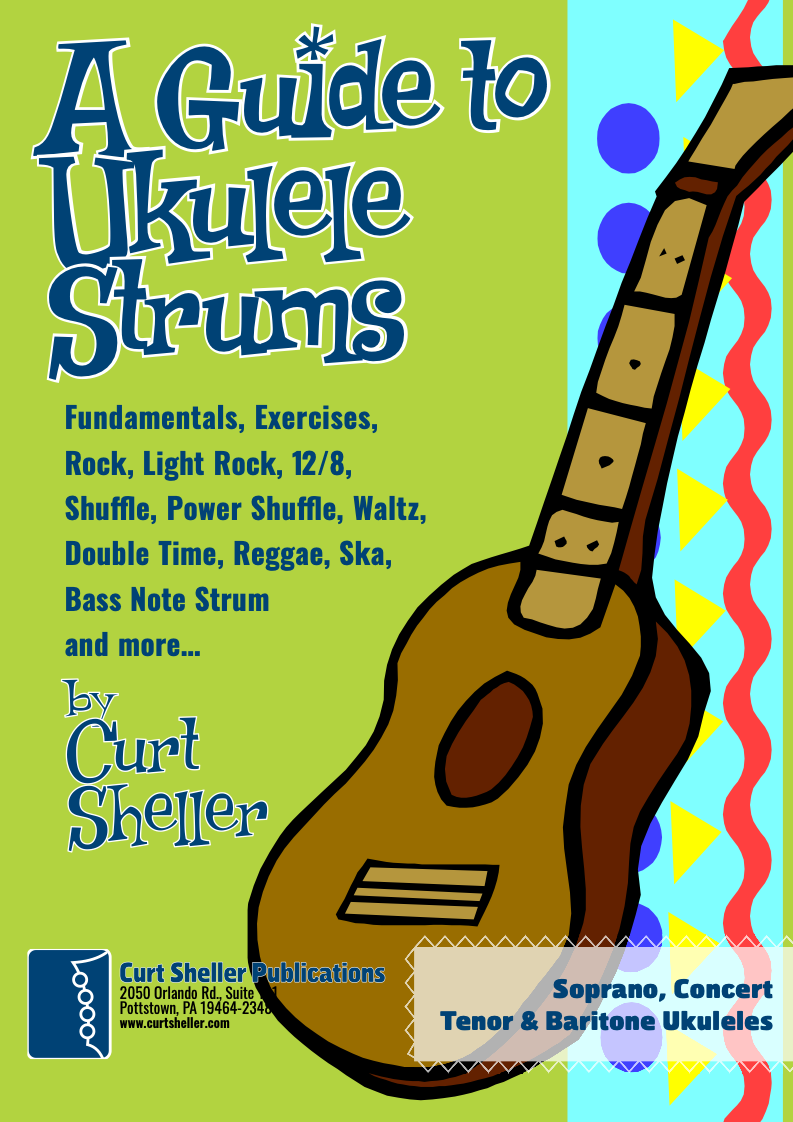
A Guide to Ukulele Strums
Updated: 26 Aug 2024
Learn a variety of strums and rhythmic patterns in wide range of musical styles. One of the first skills a ukulele player learns is the art and craft of strumming, playing rhythm. This refers to an accompaniment technique suitable for the singer, singer - songwriter or someone who plays a support role for another instrument.

Learning the Ukulele Fingerboard - C Tuning
Updated: 18 Jan 2023
Finally, learn the names of the notes of the fingerboard. Learning the notes of your instrument allows you the flexibility of not having to remember so many shapes. There are simply way too many chords, scale and notes patterns, and shapes to remember. It all comes down the notes.

Six Secrets of Ukulele Fingering
Updated: 04 Dec 2024
Learn the six fingering principles to navigating the ukulele fingerboard. Fingering is one of the most universal topics. Whether your style is Rock, Blues, Country, Jazz or Classical, these principles will improve your technique, your solos, even your sight reading. Think of fingering as a series of pathways. When you learn to connect these pathways, there are benefits not only to technique but also to creativity.
A Selection of Books & Reference Charts that are recommended for creating a solid foundation with your chosen instrument and music in general.





Checkout the Books for additional Handy, Dandy Reference Charts.
Reference Charts



Key Signatures — Circle of Fourths and Fifths – ANSI A & A4 sizes
A handy reference chart of all 15 major and relative minor key signatures. US Letter 8.5 x 11 sized (ANSI-A), A4
Checkout the Books for additional Handy, Dandy Reference Charts.
Related Lesson Files, Resources and Assets
Related Assets for Getting Started with `Ukulele - Lesson Six
.
